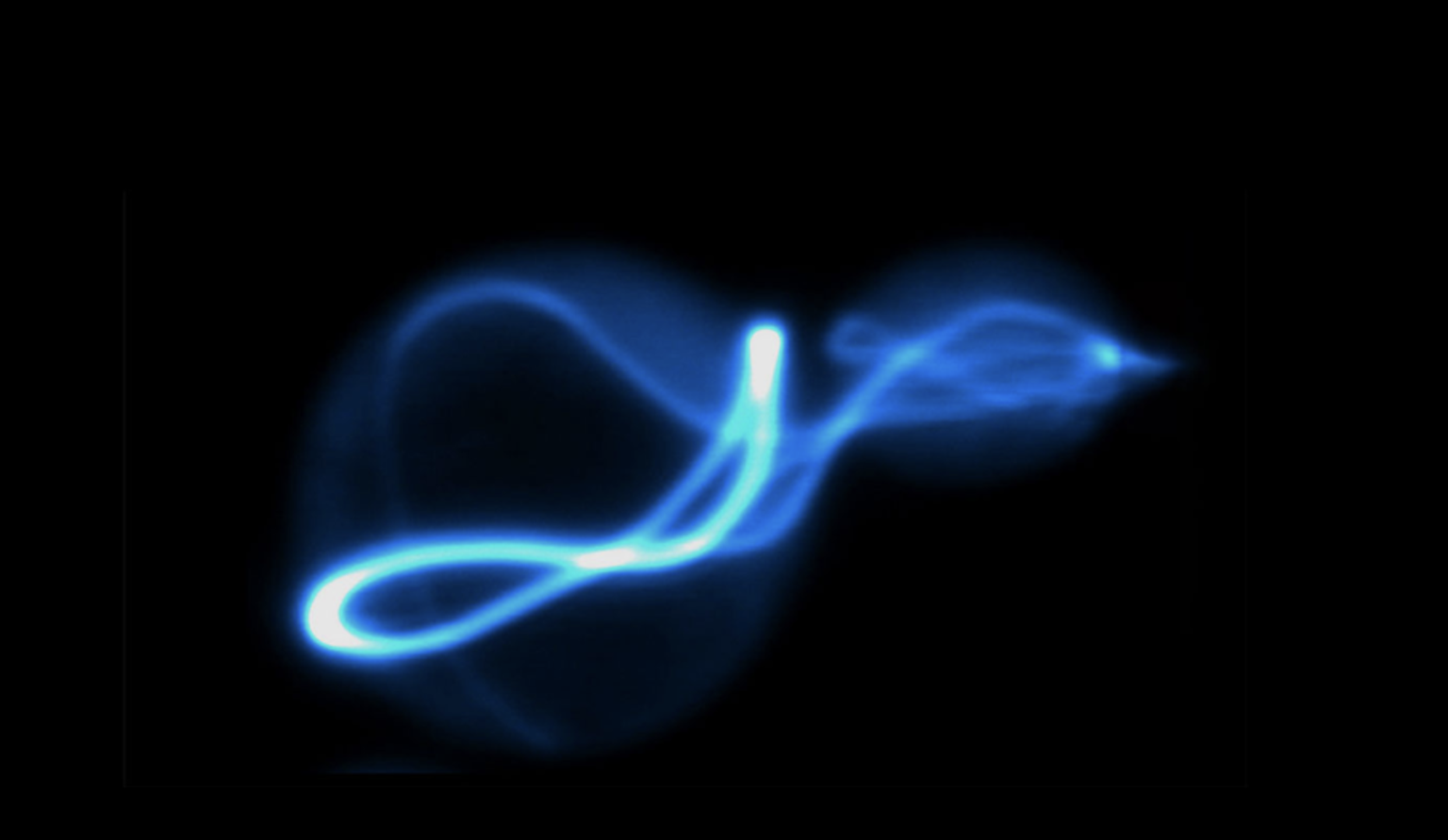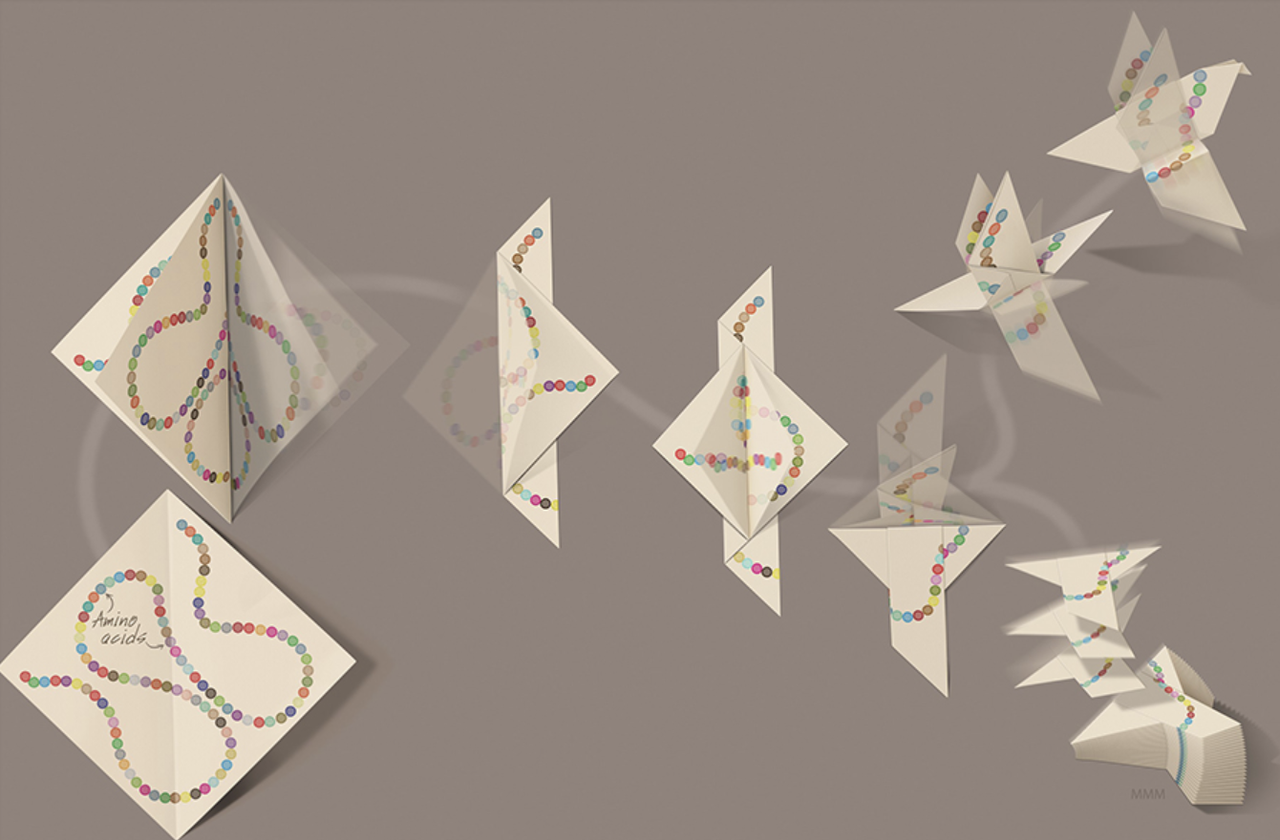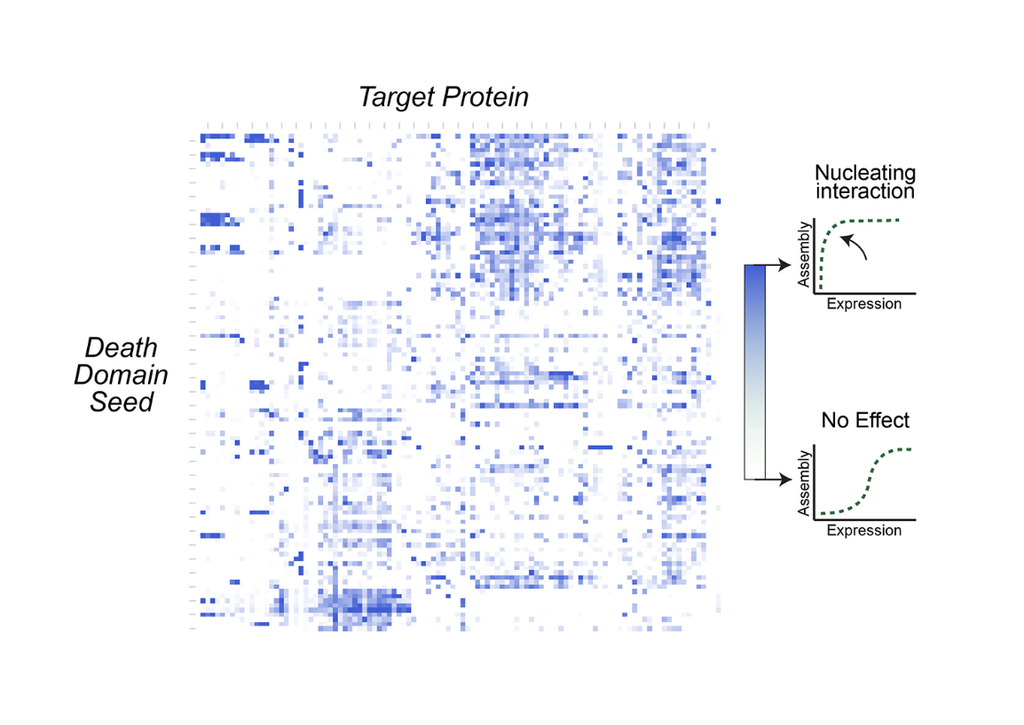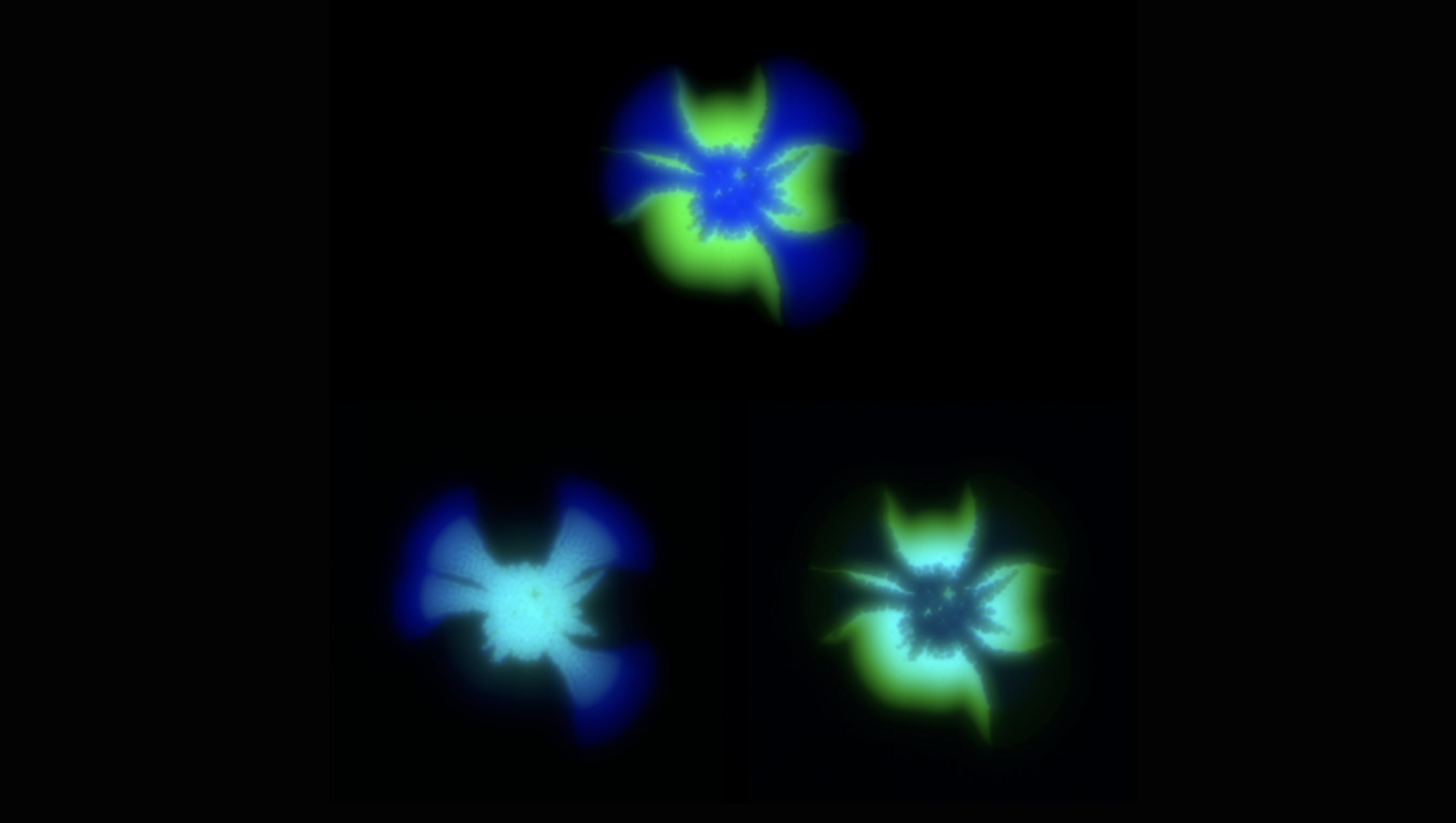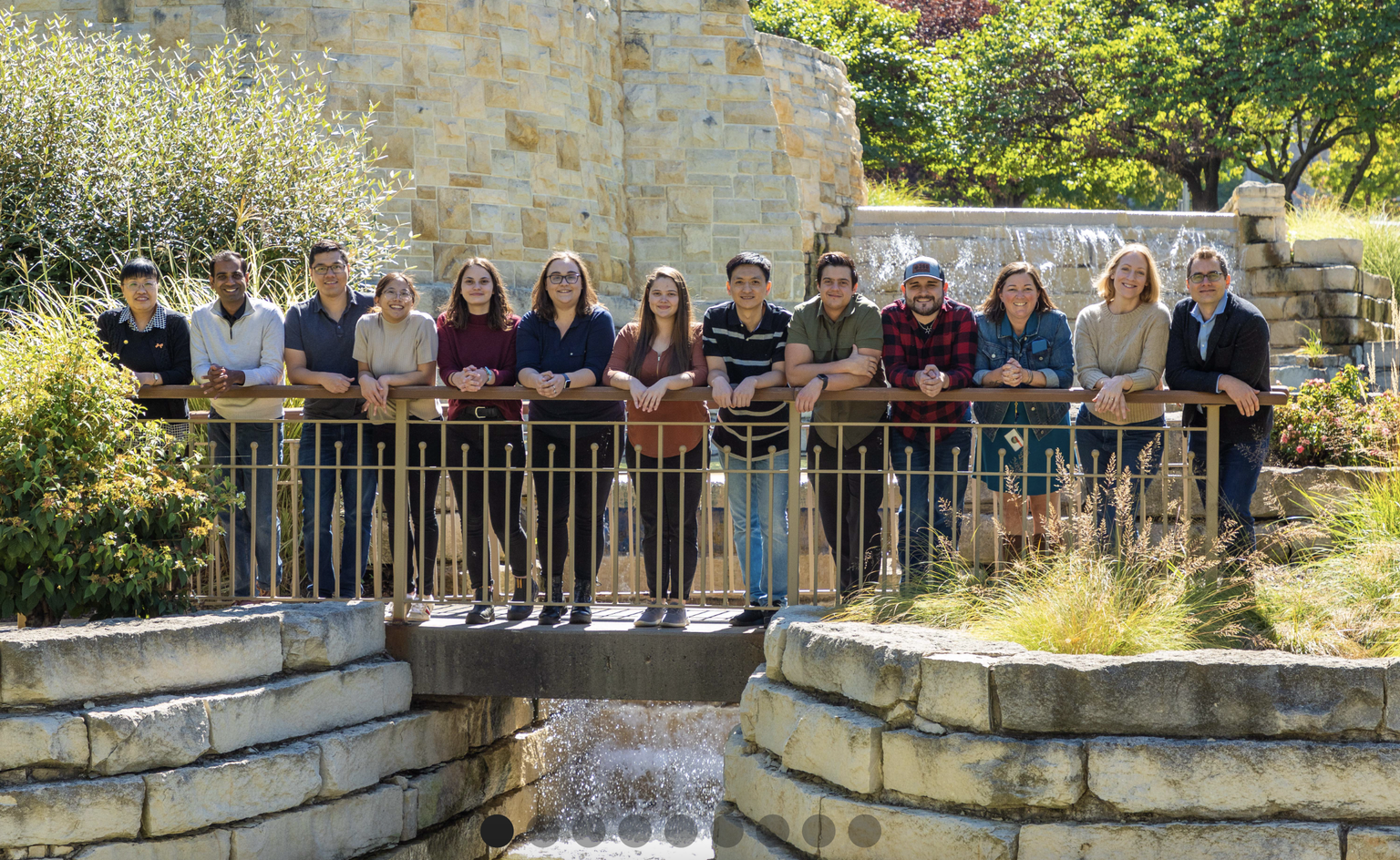Home
Halfmann Lab
Why do organisms age?
Our proteome from the moment of conception is, like a battery, full of potential energy stored in the form of protein supersaturation. We believe that cells dissipate that energy via nucleation-limited protein phase transitions to drive certain forms of gene regulation and signal transduction, allowing for their differentiation with time and changes in the local cellular environment. Aging is the inexorable decline in cellular and bodily function that results from the unidirectional nature of self-assembly by supersaturated proteins.
For the first time, scientists at the Stowers Institute for Medical Research have uncovered the structure of the first step in amyloid formation, called the nucleus, for Huntington’s disease. The study published in eLife on June 13, 2023, from the lab of Associate Investigator Randal Halfmann, Ph.D., proposes a new, radical method for treating not only Huntington’s but potentially dozens of other amyloid-associated diseases—preventing the initial, rate-limiting step from occurring. This research was featured on NPR. Listen here.
Though presently incurable, research from Stowers Associate Investigator Randal Halfmann, Ph.D., is helping improve our understanding of how the ALS amyloid protein that forms aggregates in the brain first starts. Recently, the team made an unexpected, exciting discovery that offers hope for the future.
Join our team
The Halfmann lab is always looking for motivated researchers to join the lab. Contact rhalfmann@stowers.org if you're interested or to learn more.
